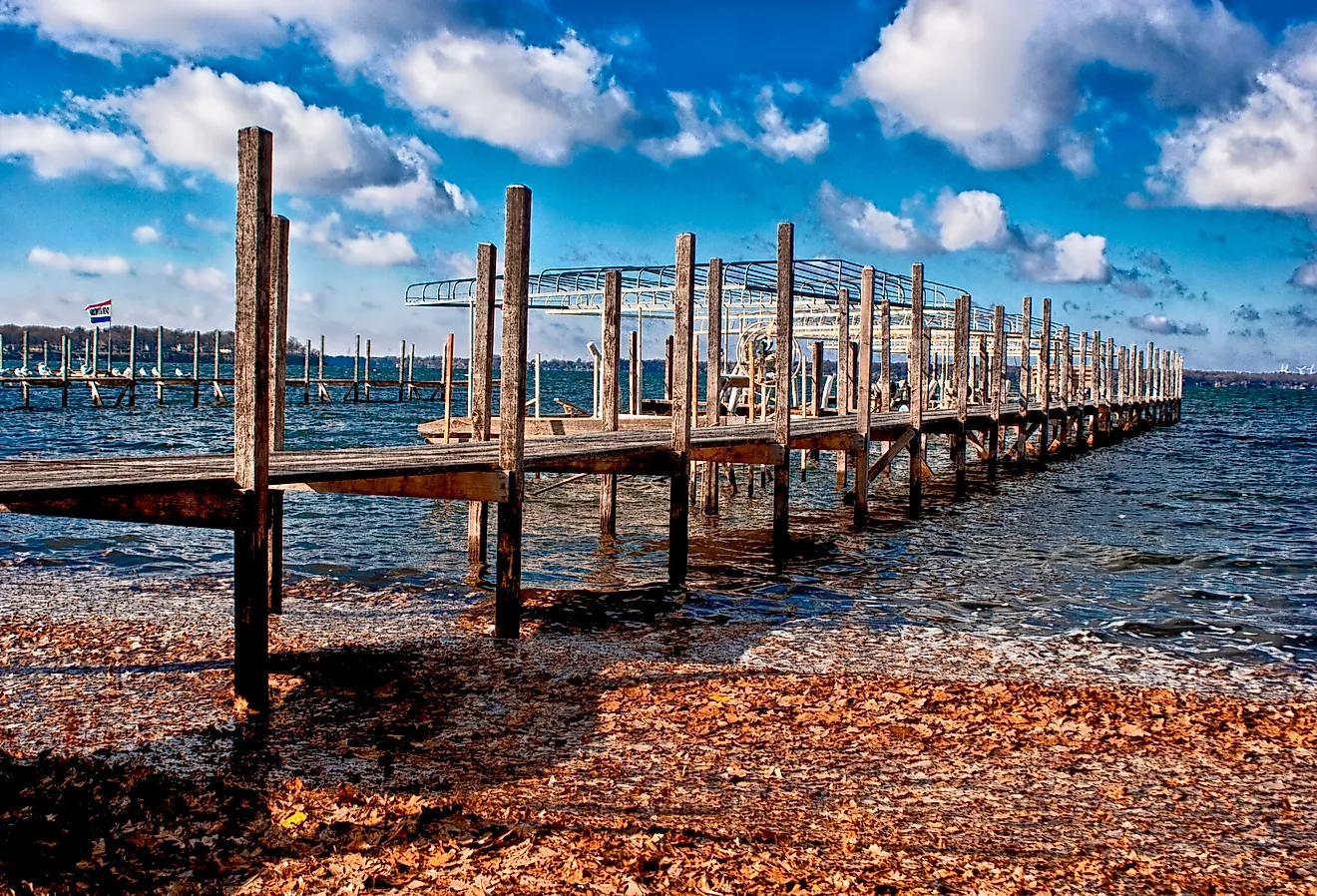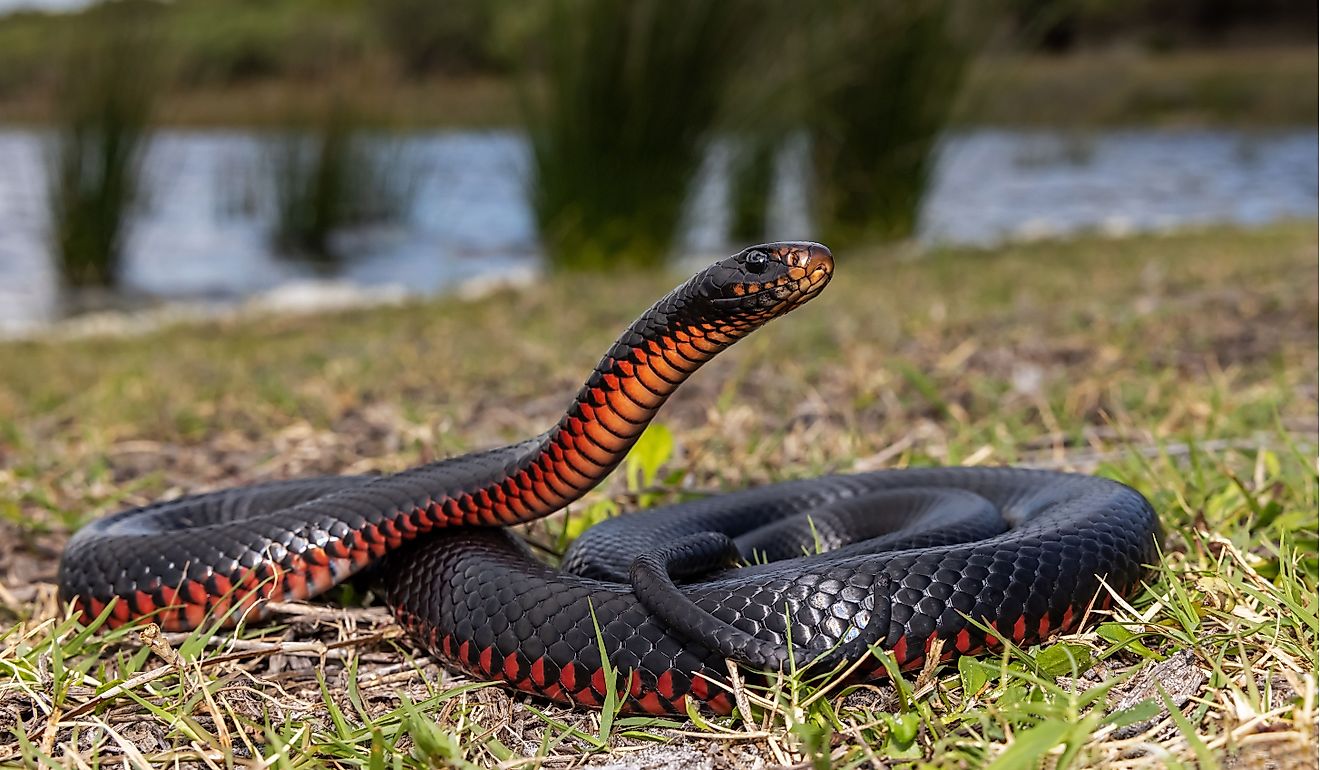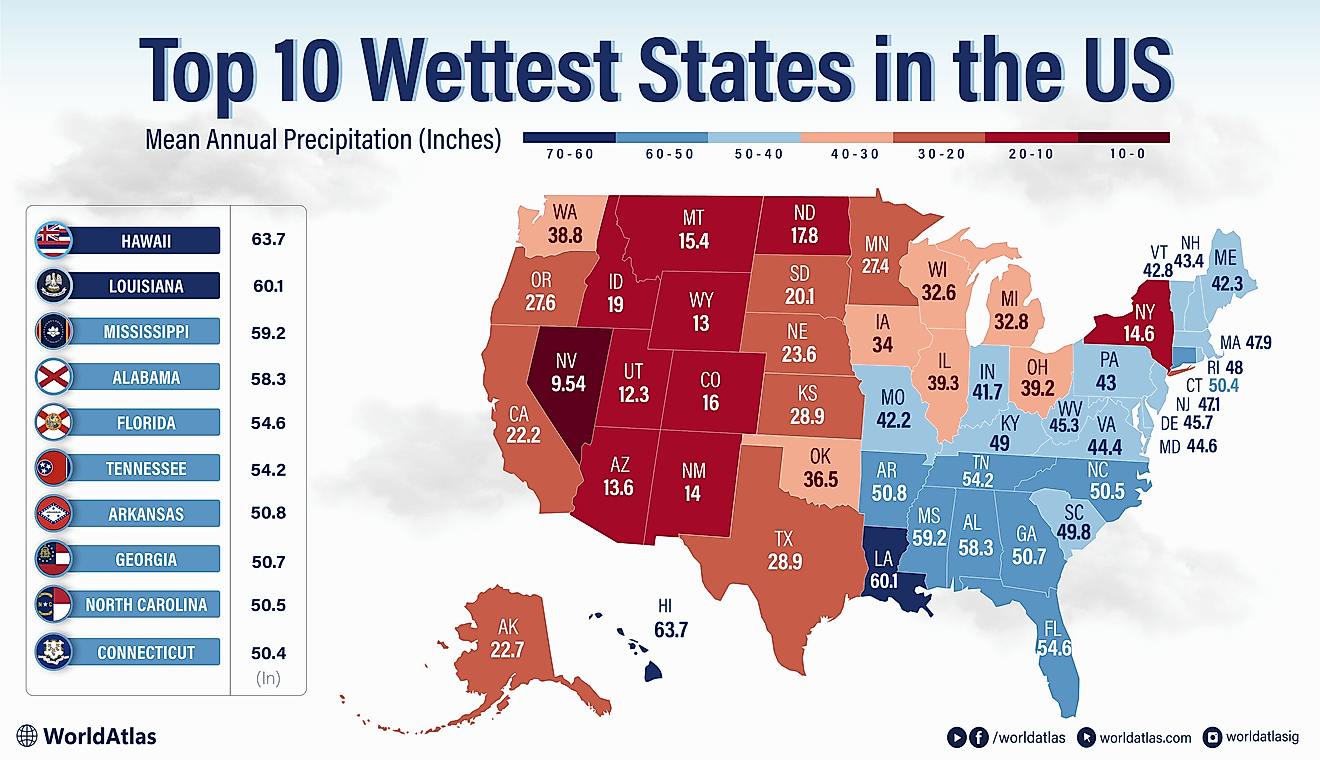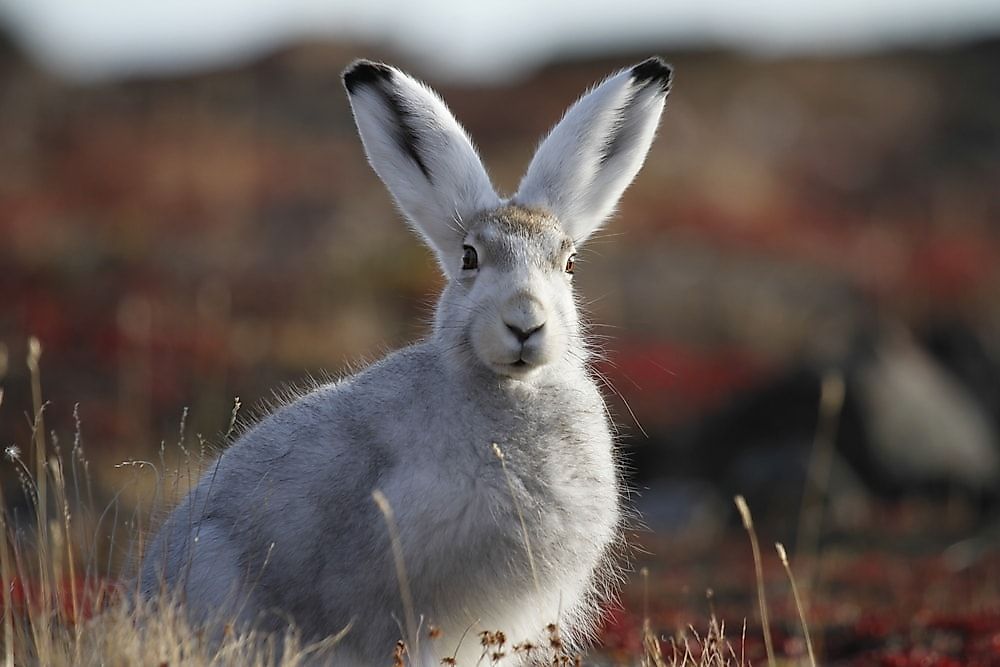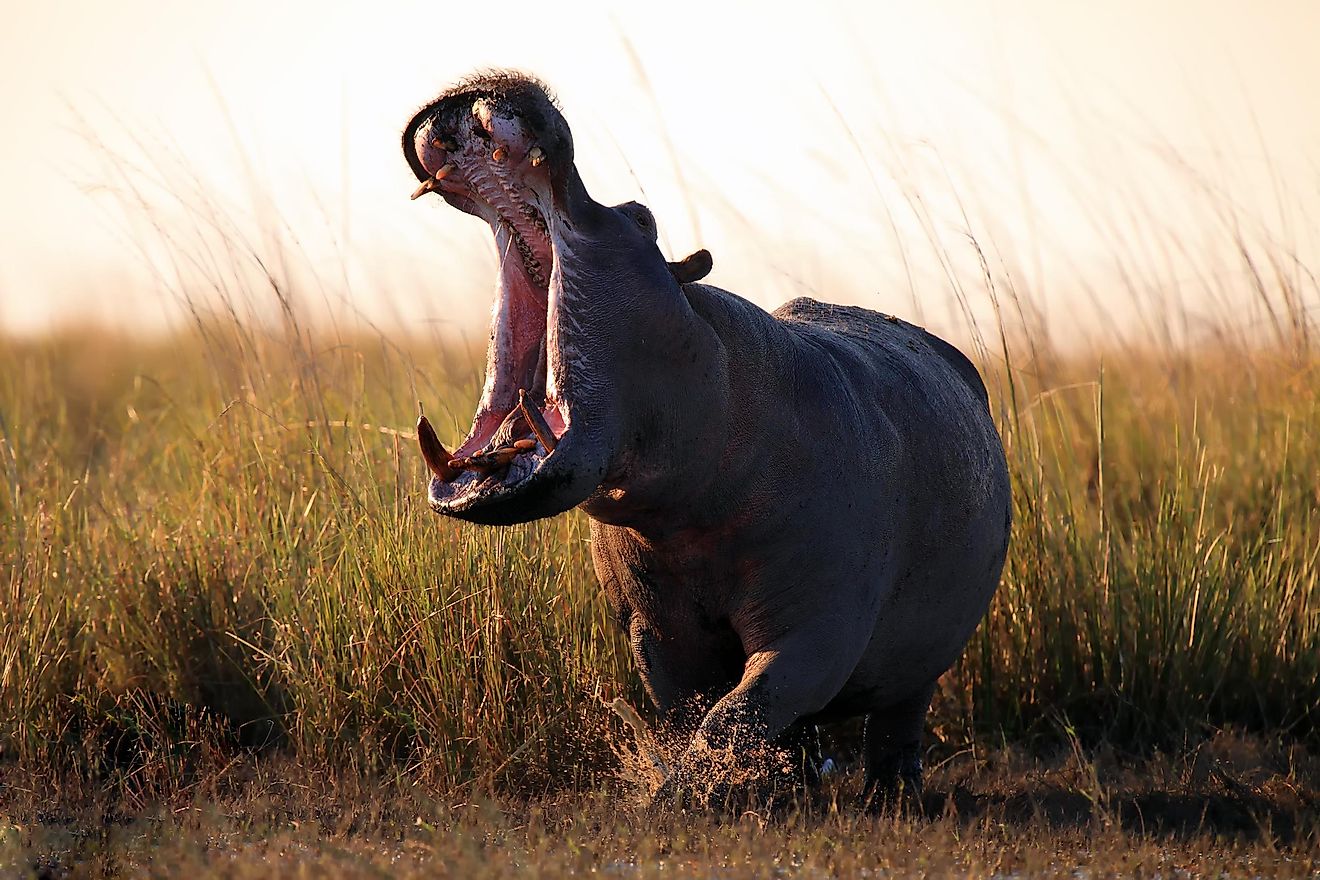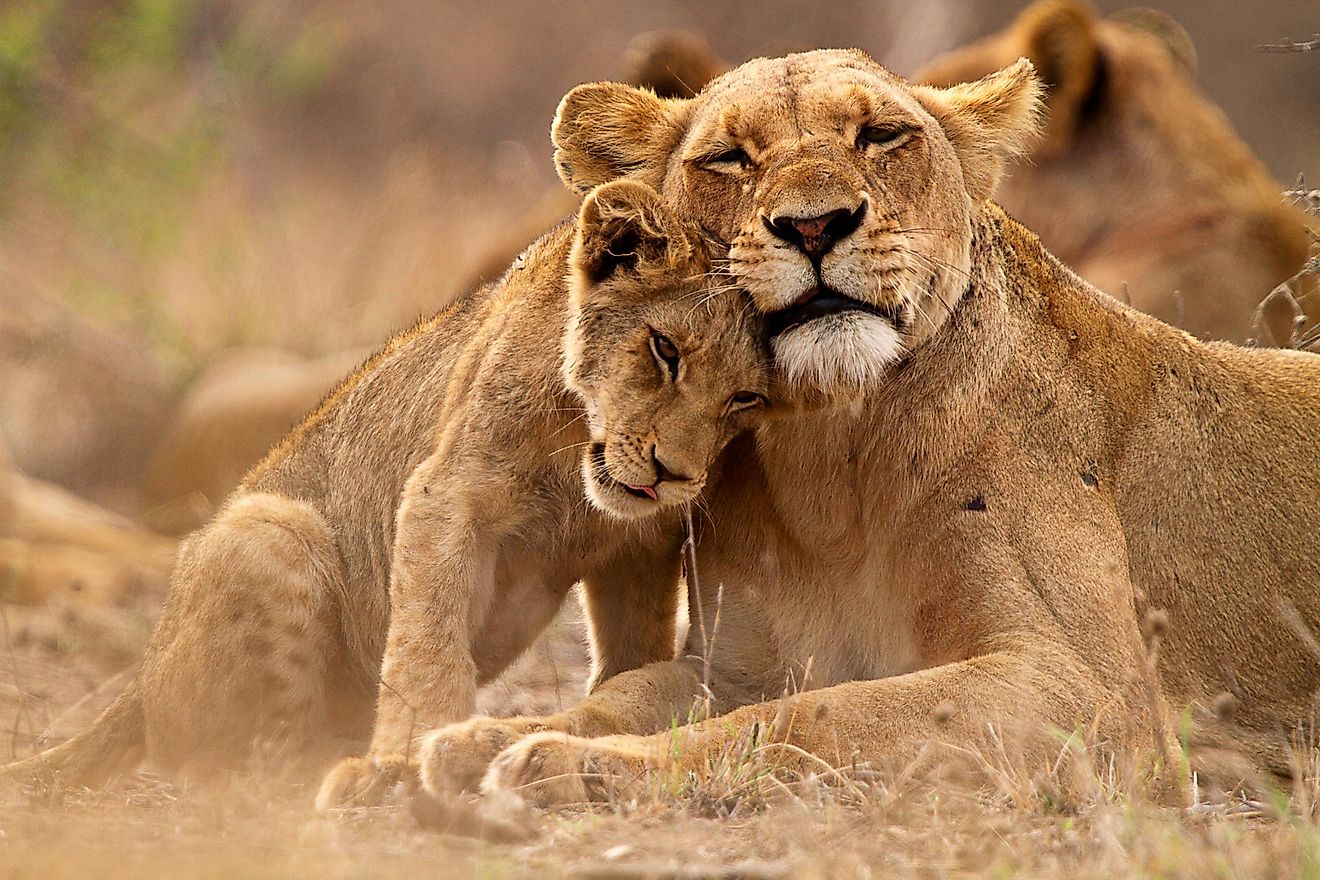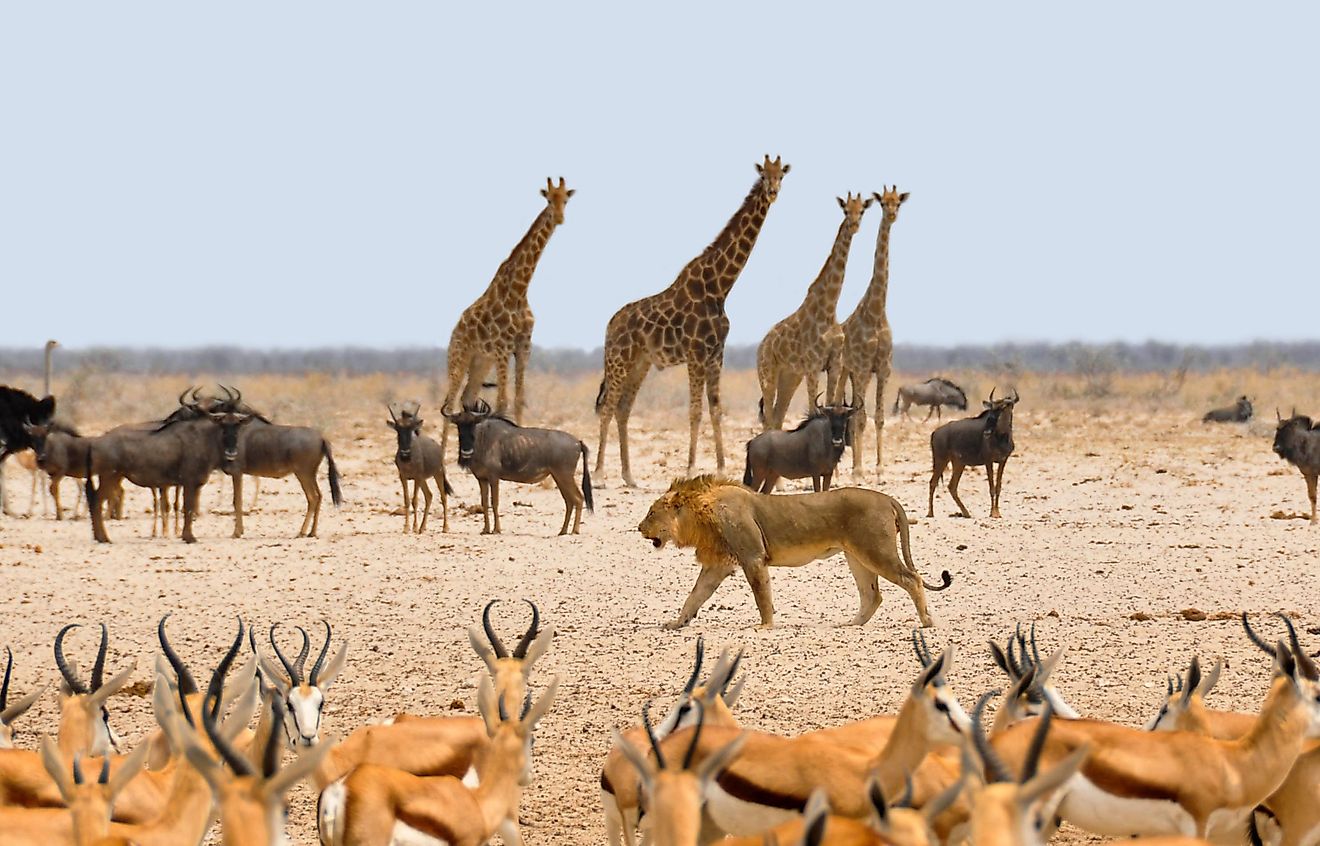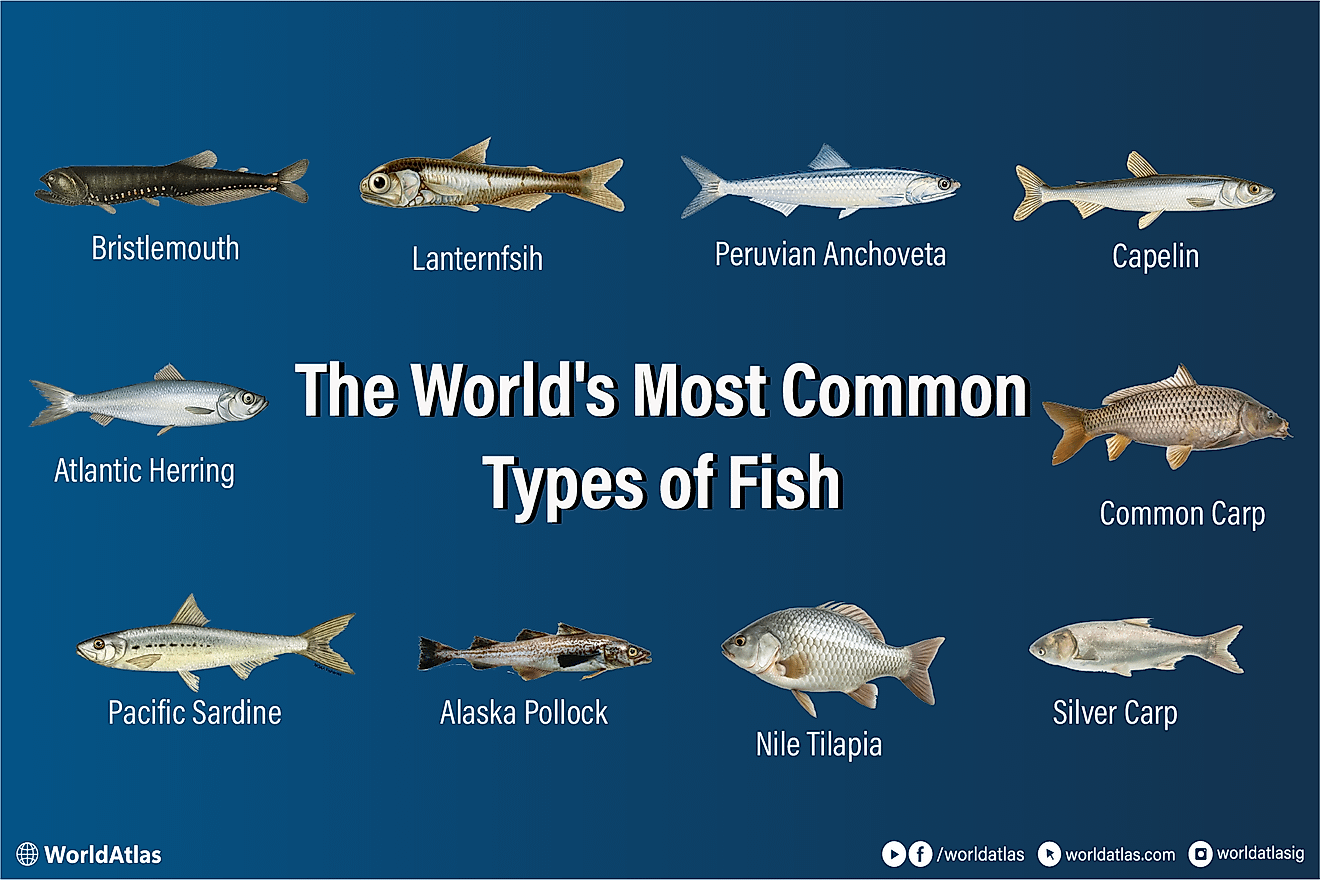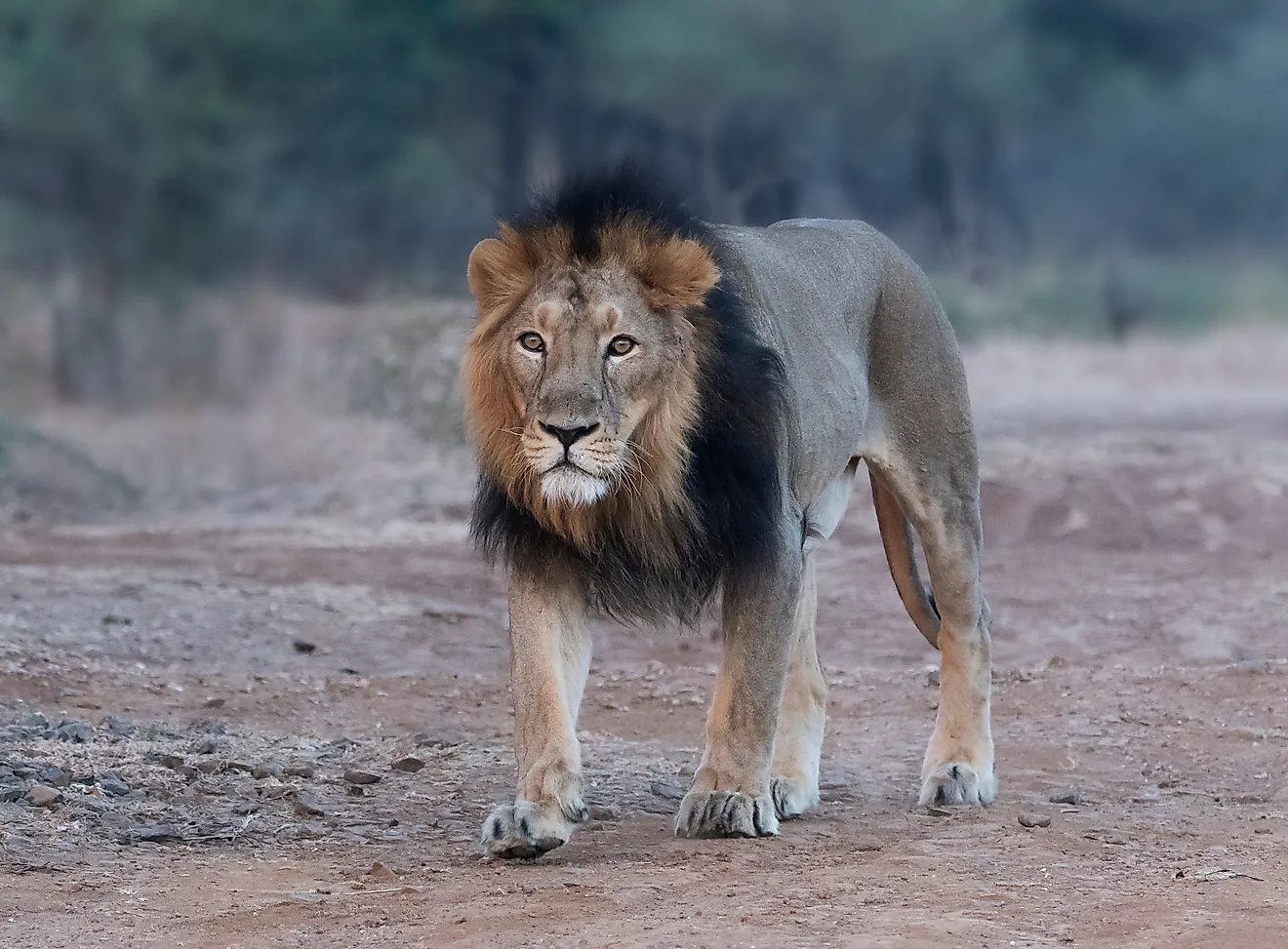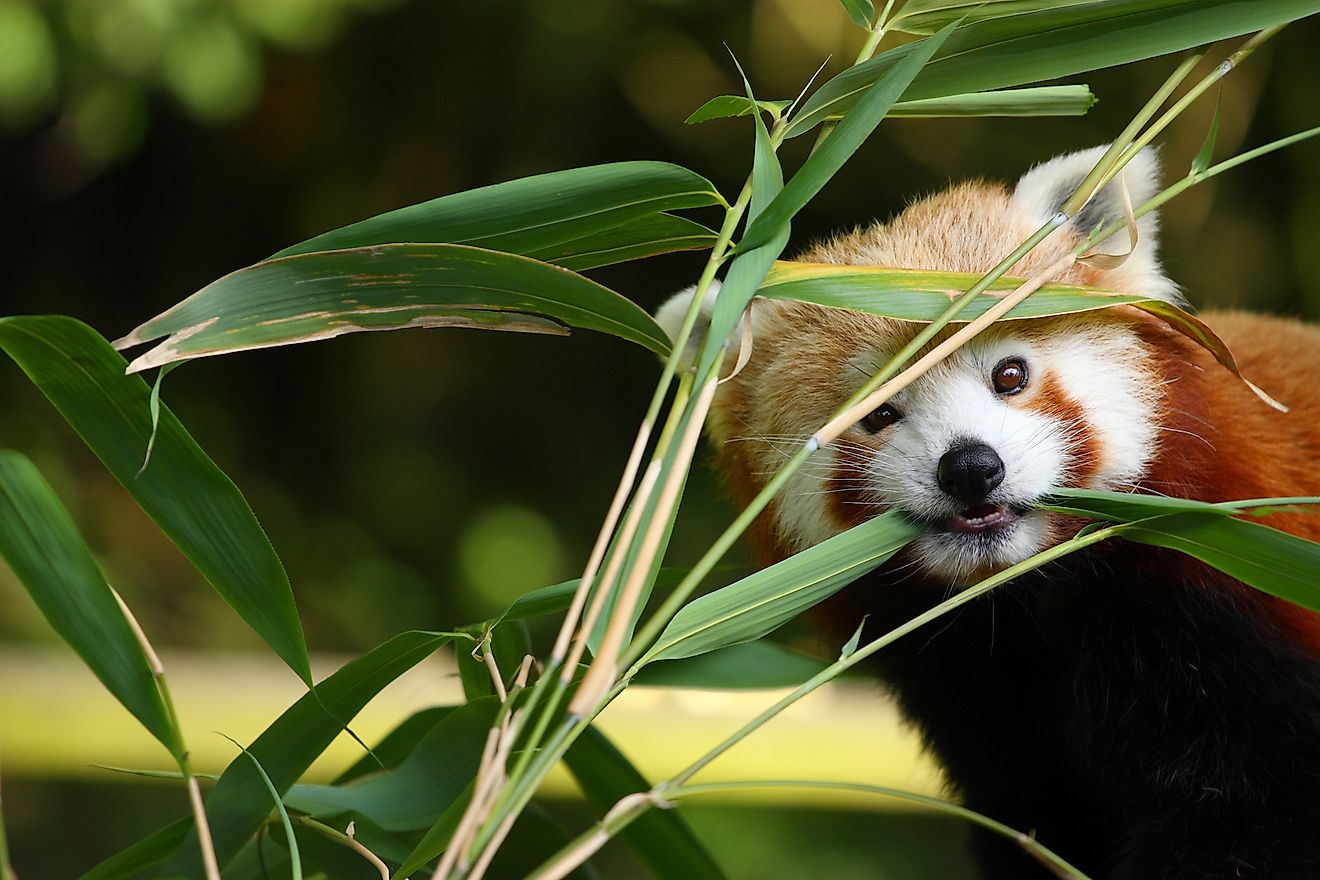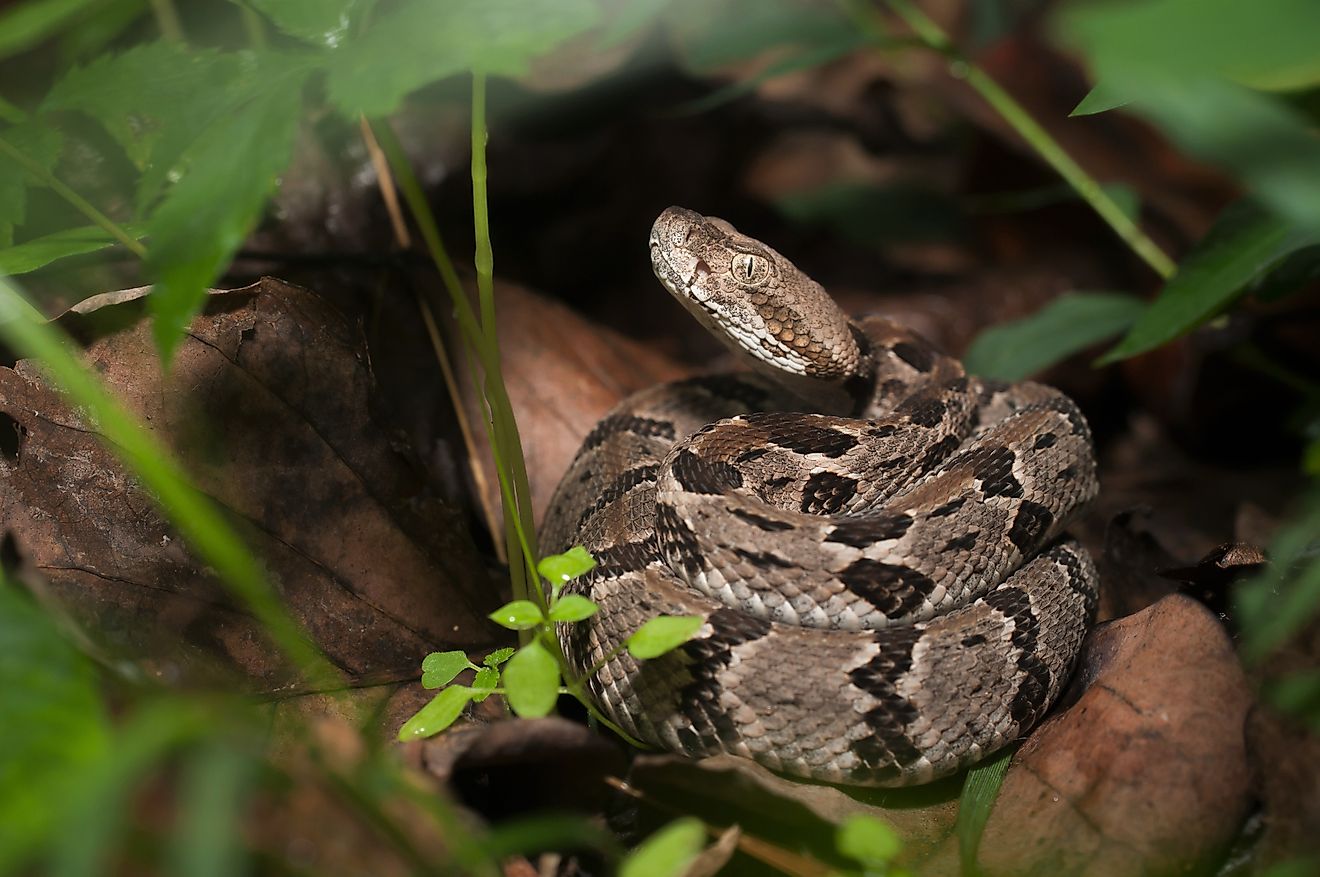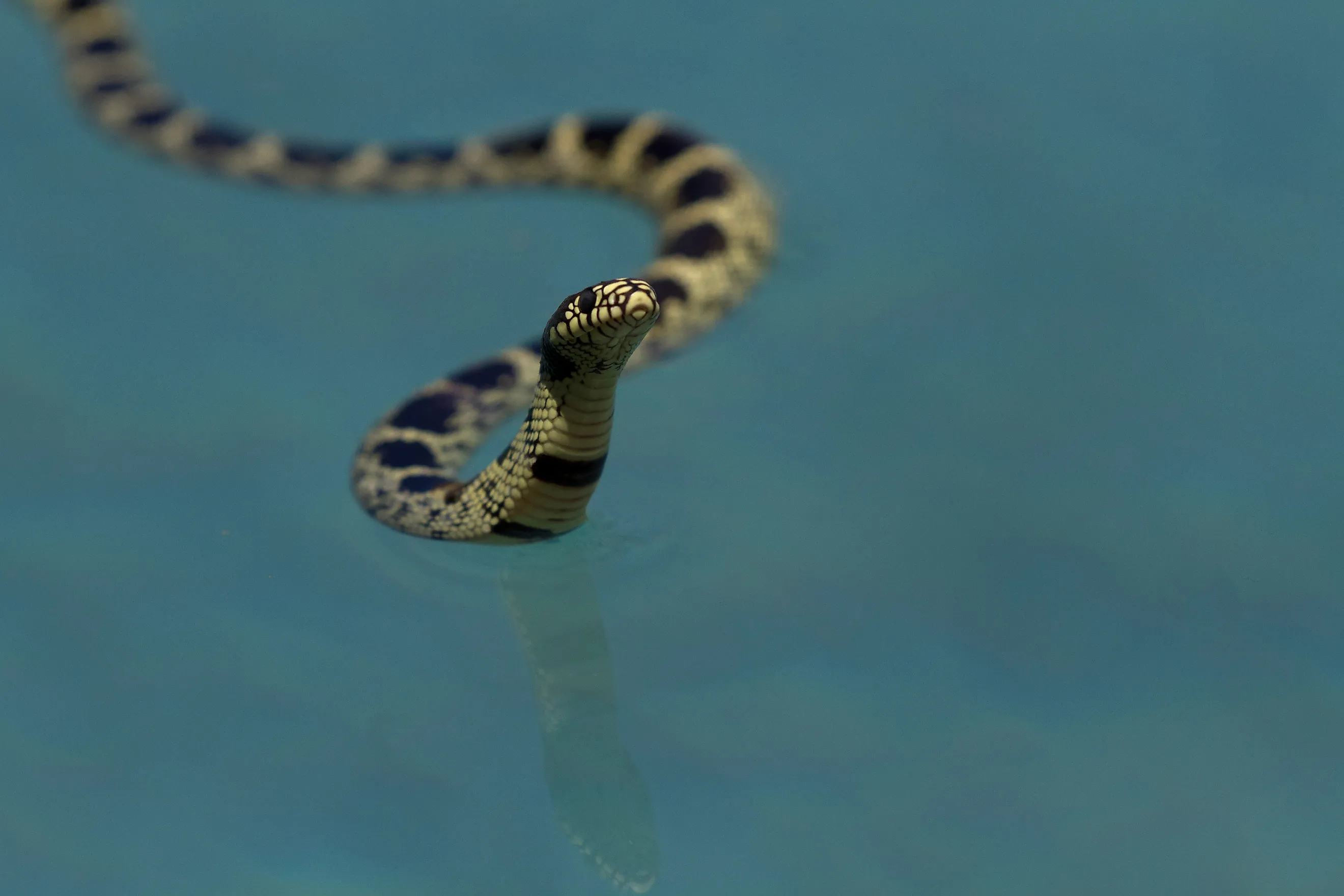
The Most Snake Infested Lakes in Nevada
When most people think of Nevada, Las Vegas is usually the first thing that comes to mind. While Sin City is one of the most iconic destinations in the world, the Silver State offers much more, particularly in terms of natural beauty. Nevada boasts several stunning lakes, perfect for a relaxing day in nature. However, it's essential to stay vigilant, as some of these lakes are home to snakes, including some venomous species. The vast, often remote landscape of Nevada can make encounters with these creatures potentially dangerous. Here are the most snake-infested lakes in Nevada, along with a closer look at the snake species you might encounter.
Lake Tahoe
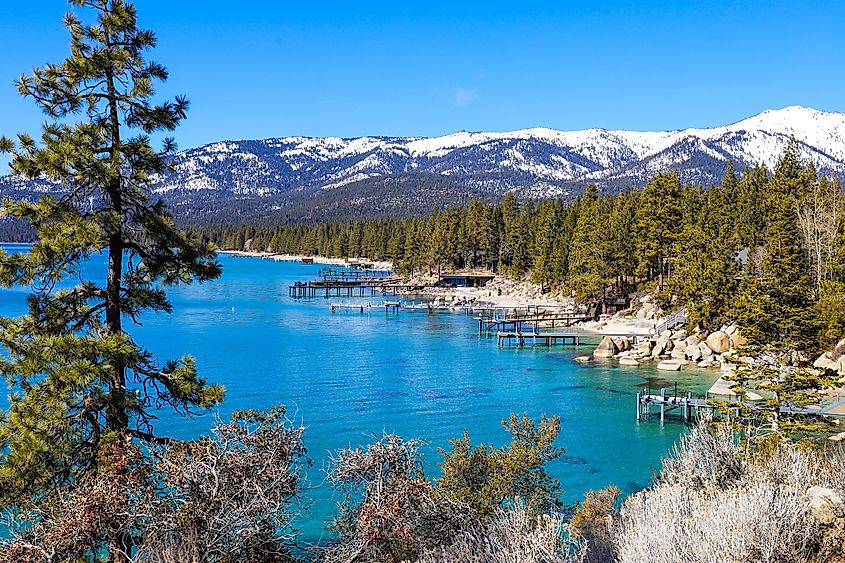
Few lakes around the United States compare to the serenity of Lake Tahoe. This body of water splits between California and Nevada. During the summer months, the lake is filled with boats and plenty of folks playing in the water. It's also where numerous rattlesnakes call home in the summer months. The most common species found here is the Northern Pacific Rattlesnake (Crotalus oreganus), a subspecies of the Western rattlesnake. This snake is typically around 24-30 (61-76 cm) inches long, though some can grow larger. It has a distinctive rattle at the end of its tail, which it uses as a warning when threatened. The Northern Pacific rattlesnake's venom is hemotoxic, meaning it can cause tissue damage, pain, and swelling. While these snakes are usually not aggressive, it's essential to be cautious, especially when hiking or exploring areas around the lake.
Lake Mead
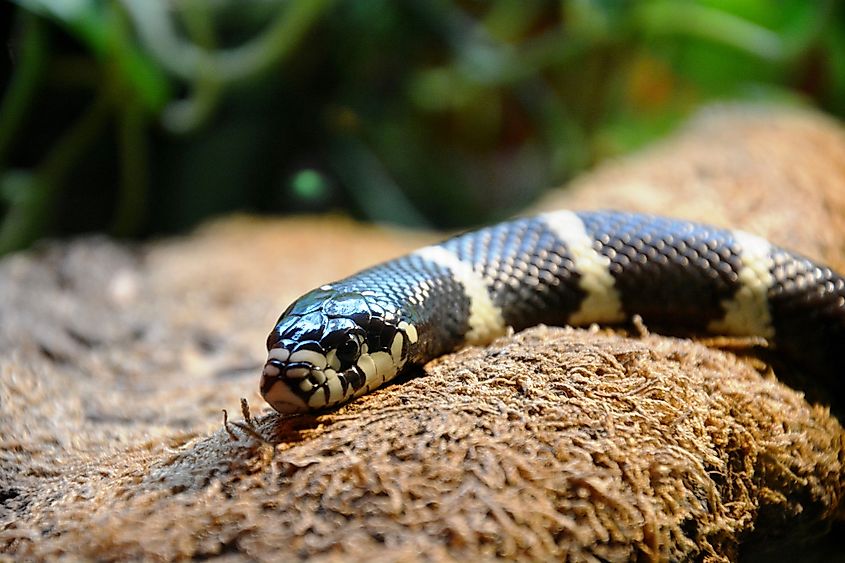
About 30 miles away from the barren desert of Las Vegas sits Lake Mead, a notorious area for locals to go to during the blistering summer. The lake is a hub for boating and fishing, with four marinas, sandy beaches, and tons of scenic cliffs nearby. It's also common to find snakes in the lake and surrounding area. Unlike Lake Tahoe, Lake Mead doesn't experience all of the seasons. This means there's a chance to see the creatures any time of year. Among the most commonly spotted snakes in Lake Mead are the rattlesnake and the kingsnake.
While rattlesnakes are venomous and should be cautiously approached, the kingsnake (Lampropeltis getula) is non-venomous and poses little threat to humans. The kingsnake is known for its striking patterns, typically featuring bands of black, white, yellow, or red, depending on the subspecies. Growing anywhere from 36 to 84 inches (91 to 213 cm) in length, these snakes are not just visually impressive but also beneficial to the ecosystem. When threatened, kingsnakes may shake their tails, mimicking the sound of a rattlesnake, or release a foul-smelling musk as a defense mechanism. However, they are generally docile and rarely bite humans, making them a relatively harmless presence in the area.
Washoe Lake
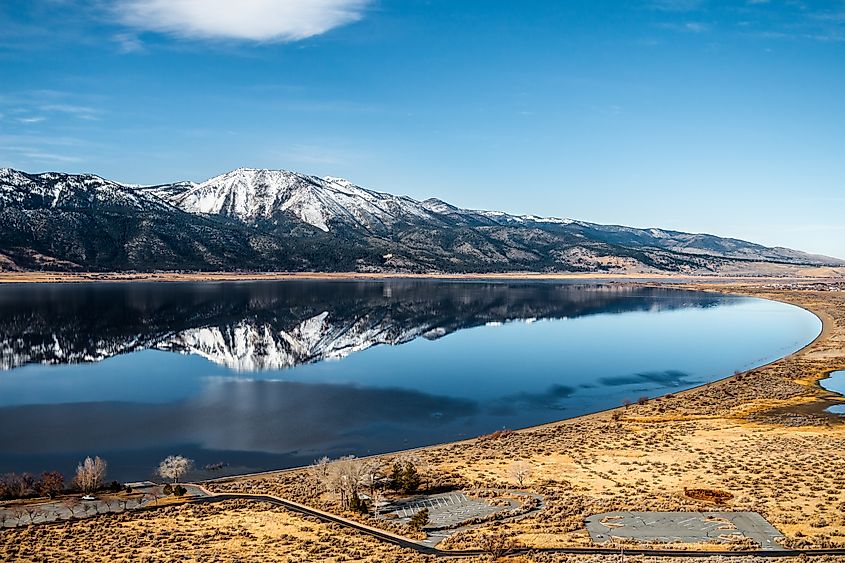
In between the capital of Carson City and Reno, Nevada sits Washoe Lake. This body of water is further north than the empty desert between Las Vegas, which means the weather changes more frequently. Even so, the lake is home to some rattlesnakes. Thankfully, sightings are rare, and there aren't as many rattlesnakes in this area compared to the rest of the state. In addition to rattlesnakes, you might spot the long-nosed snake (Rhinocheilus lecontei), a non-venomous species that can reach up to 30 inches (76 cm) in length. Its distinctive black, red, and white pattern often leads people to mistake it for a venomous species. However, this snake is harmless and more likely to flee than fight if disturbed.
As the lake is in the middle of nowhere, bringing anti-venom is important for anyone who takes a trip there. The closest metropolitan area to Washoe Lake is around 20 minutes away.
Lake Mohave
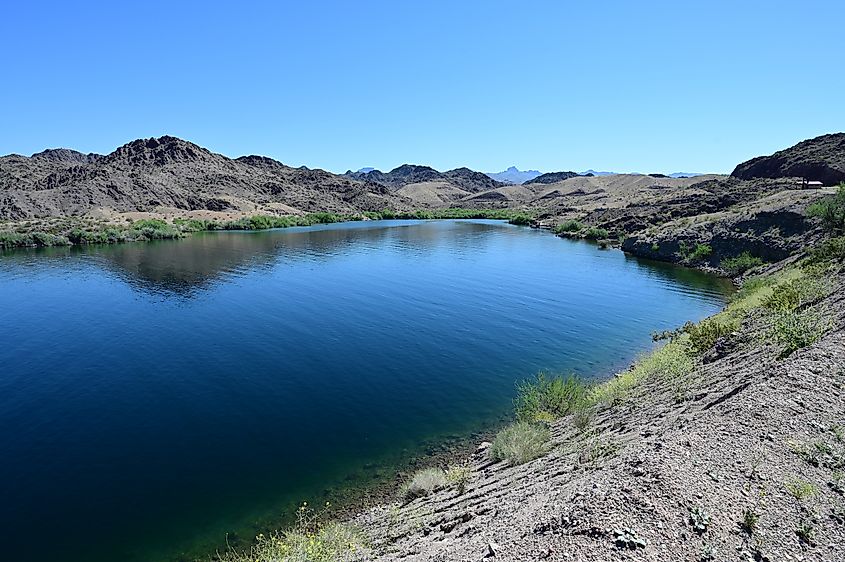
Roughly an hour and a half south of Las Vegas is Lake Mohave, one of the most beautiful areas in southern Nevada. The location makes it a popular destination for those from Nevada and Arizona to flock to during the summer months. Lake Mohave has a total of three resorts offering an array of amenities such as a restaurant, store, launch ramps, RV parks, and more. To this end, activities like camping, boating, waterside dining, and even shopping are popular nearby.
Since the Colorado River runs through the lake, the water temperature is incredibly cool. It's not uncommon to find rattlesnakes making their way around the water. The Mojave rattlesnake (Crotalus scutulatus), which can reach 24 to 51 inches (61 to 130 cm) in length, is particularly noteworthy. This snake is known for its potent neurotoxic venom, one of the most dangerous in the United States, which can cause muscle paralysis and respiratory failure if left untreated.
Pyramid Lake
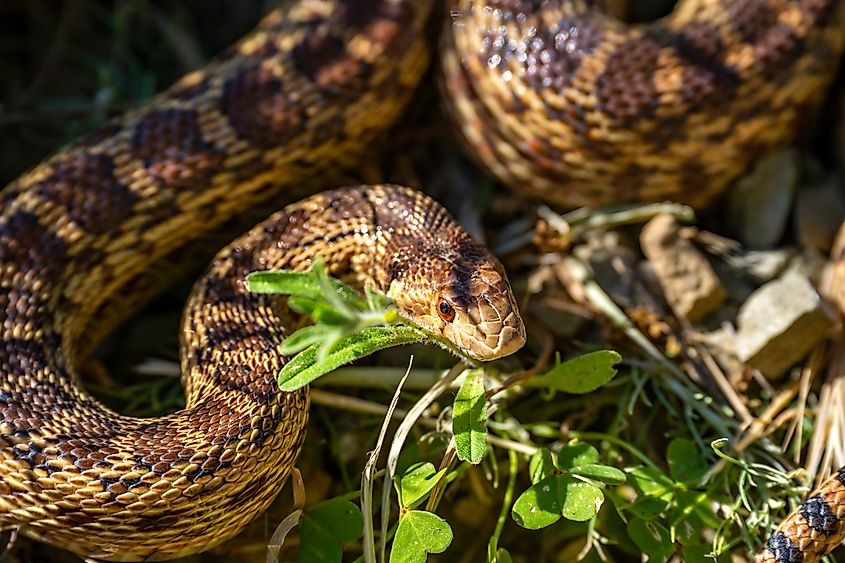
Driving an hour north of Reno leads to Pyramid Lake, one of Nevada's largest lakes and a favorite summer escape for locals. It's less crowded than Lake Tahoe, making it attractive for outdoor enthusiasts. The area is home to rattlesnakes and gopher snakes, with the non-venomous Gopher snake (Pituophis catenifer) being particularly common. These snakes can grow between 48 and 100 inches (122 to 254 cm) long. Gopher snakes play an important role in the ecosystem by controlling rodent populations. Although they are not venomous, caution is advised when encountering them.
Walker Lake
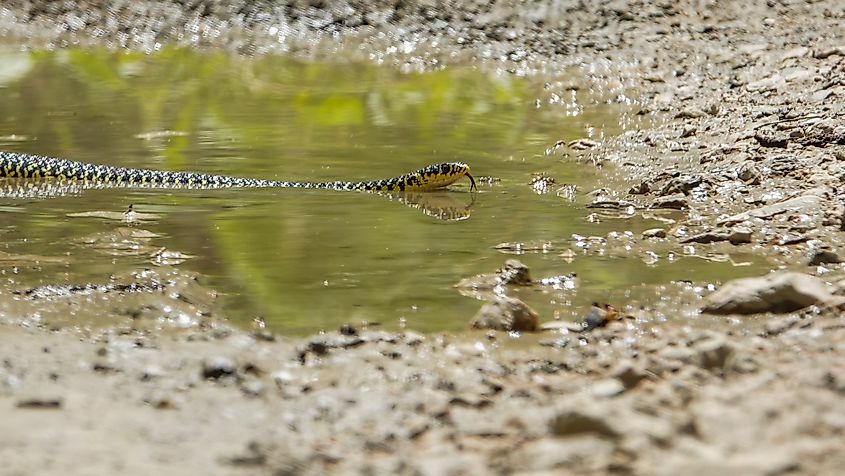
If you're seeking a peaceful escape, Walker Lake is one of the best places, just two hours from Reno, the nearest city. While taking time away from life's stresses is vital, visitors should remain cautious of snakes in the area. Like many lakes in Nevada, Walker Basin hosts various species, including the common kingsnake, gopher snake, striped whipsnake, and Great Basin rattlesnake.
The striped whipsnake (Masticophis taeniatus) is notable for its speed and agility. This slender, non-venomous snake grows between 36 and 72 inches (91 to 183 cm) and is easily identified by its black and white striped pattern. Known for quick reflexes, it preys on lizards, small mammals, and other snakes. Usually shy and avoiding humans, its rapid movements make it an impressive sight in the wild. Since most of Walker Lake’s snakes, including the striped whipsnake, are non-venomous, visitors can enjoy the lake with peace of mind.
Nevada boasts some of the world’s most beautiful lakes. However, encountering a snake is a possibility at these locations. Venomous snakes, especially around Lake Mead near Las Vegas, are present. Fortunately, hospitals nearby can treat snake bites if needed. If visiting Washoe Lake, Pyramid Lake, or Walker Lake, bringing a snake bite kit is advisable. These snakes aren't venomous, but medical facilities may be far away, so safety precautions are essential.
